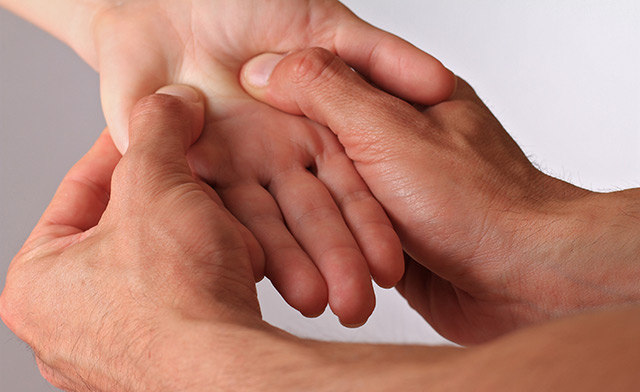Take a walk, but just for a bit: Research shows that it helps with creativity, problem-solving
05/07/2019 / By Edsel Cook

Whenever you go on a short walk before working on a tough problem, you use the same creativity-boosting technique Albert Einstein, Steve Jobs, and other geniuses used during their heyday. A recent study showed that walking plays an important role in getting the creative juices flowing and coming up with impressive solutions to problems.
Researchers from Stanford University noted that many geniuses in human history made it a habit to walk before tackling difficult problems. Some of them, like Einstein and Jobs, even worked on their problems during their walks.
As part of their experiment, researchers asked some participants to either sit down or walk on a treadmill while facing a blank wall indoors. Meanwhile, they asked another set of participants to go outdoors. Some of them went for walks while the rest sat in wheelchairs and were pushed along the same route.
The researchers evaluated the creative output of the participants by testing their divergent thinking – that is, their ability to come up with creative approaches by exploring different possible solutions.
The researchers reported that walking increased the creative output of participants. Those who walked experienced a 60 percent increase in creative output compared with people who spent their time sitting. (Related: If you want to spur those creative juices then spend MORE time by yourself: Study.)
Taking short walks is the creativity-boosting technique of geniuses
Einstein and company liked to take long walks every day. Some of them spent hours walking outdoors. But the researchers from Stanford found that a person doesn’t need to go on a long walk to increase his or her creativity. Walking for a short period of time – anywhere between five to 16 minutes – was enough to raise the creative output of the participants in their study.
Furthermore, the boost in their creativity didn’t just take place during their walk. Participants continued to experience high levels of creativity for some time after walking. So taking a short walk before working on a problem could increase a person’s chance of solving the problem afterwards.
Another thing the researchers discovered was that it didn’t matter whether a person walked indoors or outdoors. Participants who walked on a treadmill while facing a blank wall received the same benefit as those who walked outdoors. So for people who are unable to go outside, pacing the hallways or using a treadmill would prove just as effective as taking a stroll outside their houses or office buildings.
Walking can open up the free flow of ideas
Many studies have shown that cardiovascular exercises induce high levels of activity in the brain. This type of exercise relieves stress, sharpens memory, and helps people concentrate better. However, cardio workouts can also be tiring, so they are not recommended as daily activities.
The Stanford researchers asked the participants to do a much lighter aerobic exercise for their study. The results showed that a relaxing walk – which is much easier and more convenient to do than a full cardio workout – is enough to improve the creativity.
For people who find themselves unable to overcome a problem or task, it may be helpful to stand up and go on a walk for a few minutes. After the walk, they could sit back down and continue working on their problem. In addition to stretching their legs and refreshing themselves, they will be more likely to come up with creative and novel answers to their dilemma.
Another approach is to take a walk with a coworker, friend, or family member whenever there’s a problem that requires deep thinking. This will add the pleasure of some friendly company to the brain-boosting activity.
Sources include
Tagged Under: aerobic exercise, benefits of walking, brain activity, brain function, brain health, creative output, creativity, creativity boost, divergent thinking, problem-solving, research, walking



















